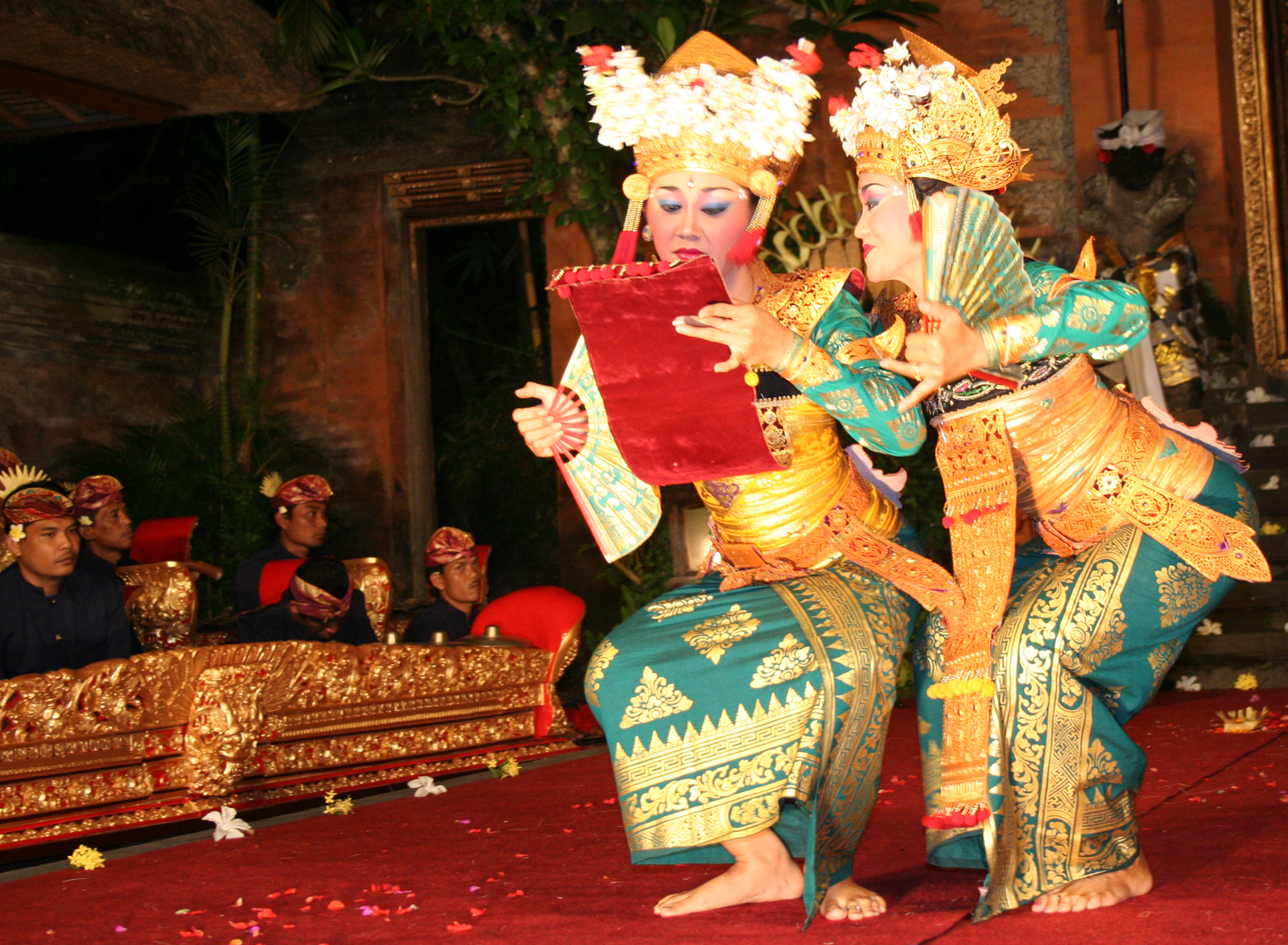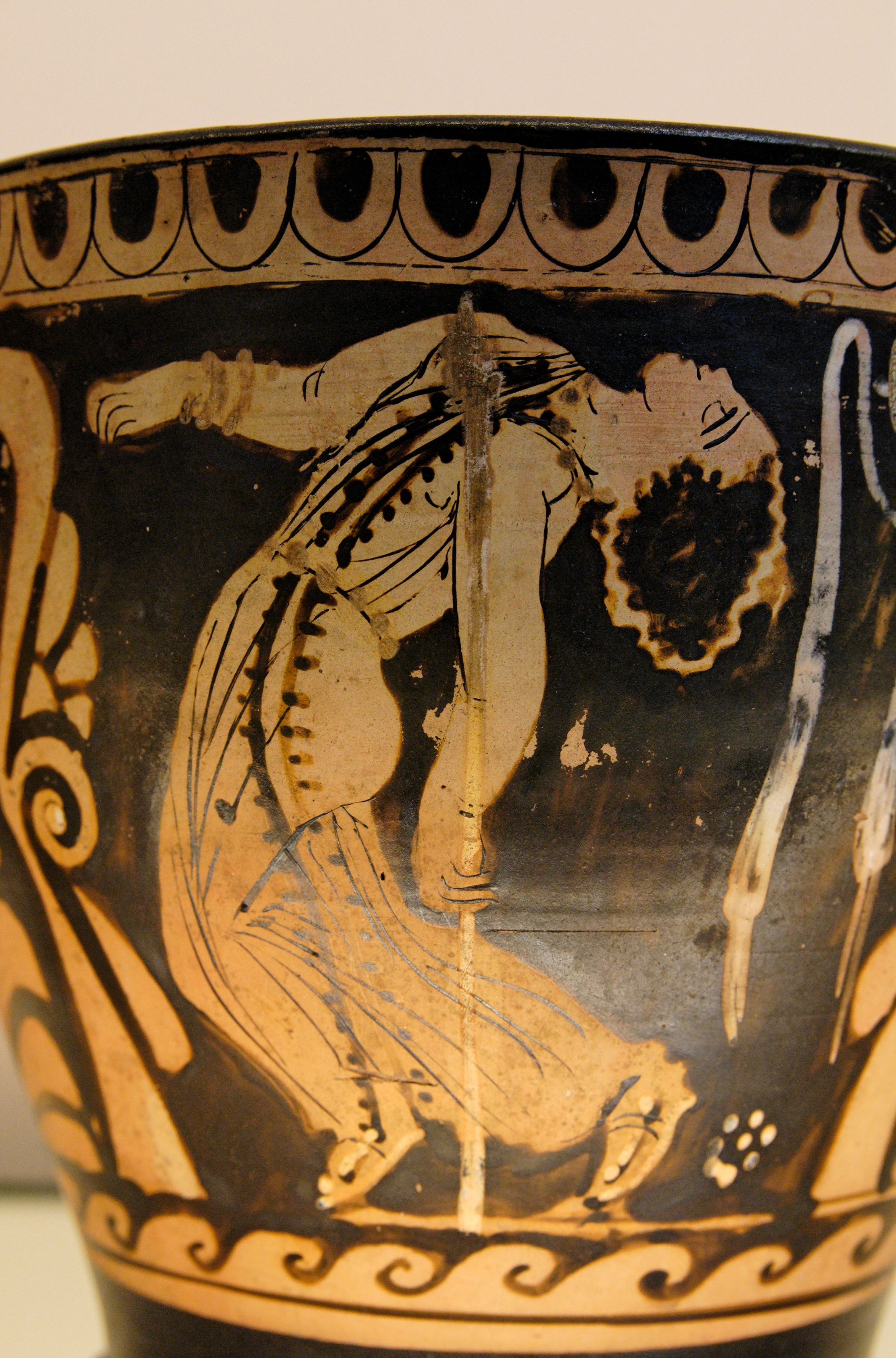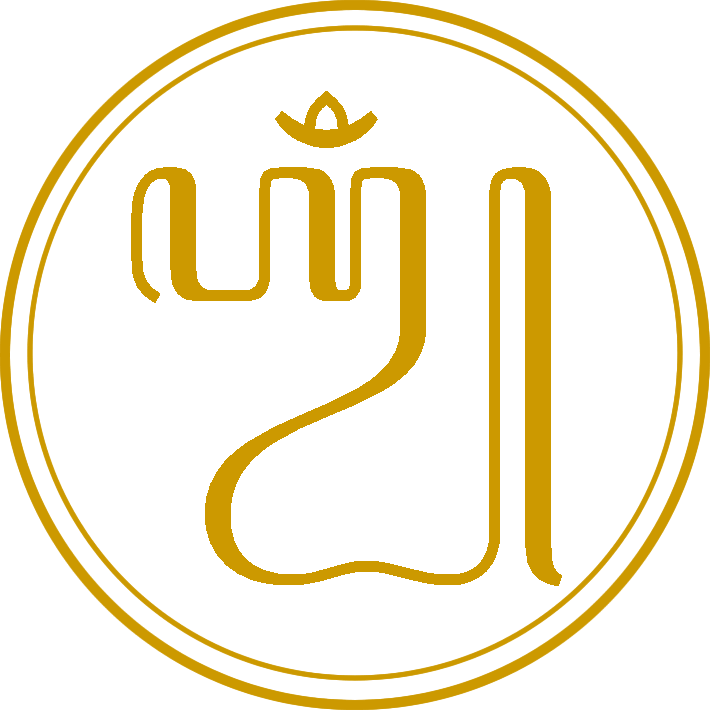|
Balinese Dance
Balinese dance ( id, Tarian Bali; ban, ᬇᬕᬾᬮᬦ᭄ᬩᬮᬶ) is an ancient dance tradition that is part of the religious and artistic expression among the Balinese people of Bali island, Indonesia. Balinese dance is dynamic, angular and intensely expressive. Balinese dancers express the stories of dance-drama through the bodily gestures including gestures of fingers, hands, head and eyes. There is a great richness of dance forms and styles in Bali; and particularly notable are those ritualistic dance dramas which involve Rangda, the witch, and the great beast Barong. Most of the dances in Bali are connected to Hindu or traditional folk rituals, such as the Sanghyang Dedari sacred dance that invoke benevolent hyang spirits, believed to possess the dancers in a trance state during the performance. Other Balinese dances are not linked to religious rituals and are created for certain occasions or purposes, such as the Baris or Pendet welcoming dances and Joged dance, ... [...More Info...] [...Related Items...] OR: [Wikipedia] [Google] [Baidu] |
Legong Kraton Farewell
Legong ( Balinese: ) is a form of Balinese dance. It is a refined dance form characterized by intricate finger movements, complicated footwork, and expressive gestures and facial expressions. Origins Legong probably originated in the 19th century as royal entertainment. Legend has it that a prince of Sukawati fell ill and had a vivid dream in which two maidens danced to gamelan music. When he recovered, he arranged for such dances to be performed in reality. Others believe that the Legong originated with the ''sanghyang dedari'', a ceremony involving voluntary possession of two little girls by beneficent spirits. Legong is also danced at public festivals. Excerpts from Legong dance dramas are put on for tourists. Dancers Traditionally, legong dancers were girls who have not yet reached puberty. They begin rigorous training from about the age of five. These dancers are regarded highly in the society and usually become wives of royal personages or wealthy merchants. After marriag ... [...More Info...] [...Related Items...] OR: [Wikipedia] [Google] [Baidu] |
Balinese People
The Balinese people ( id, suku Bali; ban, ᬳᬦᬓ᭄ᬩᬮᬶ, anak Bali) are an Austronesian ethnic group native to the Indonesian island of Bali. The Balinese population of 4.2 million (1.7% of Indonesia's population) live mostly on the island of Bali, making up 89% of the island's population. There are also significant populations on the island of Lombok and in the easternmost regions of Java (e.g. the regency of Banyuwangi). Origins The Balinese originated from three periods of migration. The first waves of immigrants came from Java and Kalimantan in prehistoric times and were of Proto-Malay stock. The second wave of Balinese came slowly over the years from Java during the Hindu period. The third and final wave came from Java, between the 15th and 16th centuries, about the same time as the conversion to Islam in Java, causing aristocrats and peasants to flee to Bali after the collapse of the Javanese Hindu Majapahit Empire in order to escape Mataram's Islamic conv ... [...More Info...] [...Related Items...] OR: [Wikipedia] [Google] [Baidu] |
Shiva
Shiva (; sa, शिव, lit=The Auspicious One, Śiva ), also known as Mahadeva (; ɐɦaːd̪eːʋɐ, or Hara, is one of the principal deities of Hinduism. He is the Supreme Being in Shaivism, one of the major traditions within Hinduism. Shiva is known as "The Destroyer" within the Trimurti, the Hindu trinity which also includes Brahma and Vishnu. In the Shaivite tradition, Shiva is the Supreme Lord who creates, protects and transforms the universe. In the goddess-oriented Shakta tradition, the Supreme Goddess ( Devi) is regarded as the energy and creative power (Shakti) and the equal complementary partner of Shiva. Shiva is one of the five equivalent deities in Panchayatana puja of the Smarta tradition of Hinduism. Shiva has many aspects, benevolent as well as fearsome. In benevolent aspects, he is depicted as an omniscient Yogi who lives an ascetic life on Mount Kailash as well as a householder with his wife Parvati and his three children, Ganesha, Kartikeya and A ... [...More Info...] [...Related Items...] OR: [Wikipedia] [Google] [Baidu] |
Hinduism
Hinduism () is an Indian religion or '' dharma'', a religious and universal order or way of life by which followers abide. As a religion, it is the world's third-largest, with over 1.2–1.35 billion followers, or 15–16% of the global population, known as Hindus. The word ''Hindu'' is an exonym, and while Hinduism has been called the oldest religion in the world, many practitioners refer to their religion as '' Sanātana Dharma'' ( sa, सनातन धर्म, lit='the Eternal Dharma'), a modern usage, which refers to the idea that its origins lie beyond human history, as revealed in the Hindu texts. Another endonym is ''Vaidika dharma'', the dharma related to the Vedas. Hinduism is a diverse system of thought marked by a range of philosophies and shared concepts, rituals, cosmological systems, pilgrimage sites, and shared textual sources that discuss theology, metaphysics, mythology, Vedic yajna, yoga, agamic rituals, and temple building, among other to ... [...More Info...] [...Related Items...] OR: [Wikipedia] [Google] [Baidu] |
Balinese Dancers
Balinese may refer to: *Bali, an Indonesian island *Balinese art *Balinese dance *Balinese people *Balinese language **Balinese script **Balinese (Unicode block) *Balinese mythology *Balinese cat, a cat breed *Balinese Gamelan, local music *Balinese Room, a famous illegal casino in Galveston, Texas *"Balinese", a song by ZZ Top from their 1975 album, ''Fandango! ''Fandango!'' is the fourth album by the American rock band ZZ Top, released in 1975. The album's first side consists of selections from live shows, with the second side being new studio recordings. A remastered and expanded edition of this albu ...'' {{disambiguation Language and nationality disambiguation pages ... [...More Info...] [...Related Items...] OR: [Wikipedia] [Google] [Baidu] |
Ecstatic Dance
Ecstatic dance is a form of dance in which the dancers, sometimes without the need to follow specific steps, abandon themselves to the rhythm and move freely as the music takes them, leading to trance and a feeling of ecstasy. The effects of ecstatic dance begin with ecstasy itself, which may be experienced in differing degrees. Dancers are described as feeling connected to others, and to their own emotions. The dance serves as a form of meditation, helping people to cope with stress and to attain serenity. Ecstatic dance has been practised throughout human history, including in classical times by the maenads, followers of the wine-god Dionysus. In the ancient and widespread practice of shamanism, ecstatic dance and rhythmic drumming are used to alter consciousness in spiritual practices. Ecstatic sacred dances are known also from religious traditions around the world. Modern ecstatic dance was revived by Gabrielle Roth in the 1970s and formalised in her 5Rhythms practice; it is ... [...More Info...] [...Related Items...] OR: [Wikipedia] [Google] [Baidu] |
Intangible Cultural Heritage
An intangible cultural heritage (ICH) is a practice, representation, expression, knowledge, or skill considered by UNESCO to be part of a place's cultural heritage. Buildings, historic places, monuments, and artifacts are cultural property. Intangible heritage consists of nonphysical intellectual wealth, such as folklore, customs, beliefs, traditions, knowledge, and language. Intangible cultural heritage is considered by member states of UNESCO in relation to the tangible World Heritage Site, World Heritage focusing on intangible aspects of culture. In 2001, UNESCO made a survey among States and Non-governmental organization, NGOs to try to agree on a definition, and the Convention for the Safeguarding of the Intangible Cultural Heritage was drafted in 2003 for its protection and promotion. Definition The Convention for the Safeguarding of the Intangible Cultural Heritage defines the intangible cultural heritage as the practices, representations, expressions, as well as the kn ... [...More Info...] [...Related Items...] OR: [Wikipedia] [Google] [Baidu] |
UNESCO
The United Nations Educational, Scientific and Cultural Organization is a specialized agency of the United Nations (UN) aimed at promoting world peace and security through international cooperation in education, arts, sciences and culture. It has 193 member states and 12 associate members, as well as partners in the non-governmental, intergovernmental and private sector. Headquartered at the World Heritage Centre in Paris, France, UNESCO has 53 regional field offices and 199 national commissions that facilitate its global mandate. UNESCO was founded in 1945 as the successor to the League of Nations's International Committee on Intellectual Cooperation.English summary). Its constitution establishes the agency's goals, governing structure, and operating framework. UNESCO's founding mission, which was shaped by the Second World War, is to advance peace, sustainable development and human rights by facilitating collaboration and dialogue among nations. It pursues this objective t ... [...More Info...] [...Related Items...] OR: [Wikipedia] [Google] [Baidu] |
Windhoek
Windhoek (, , ) is the capital and largest city of Namibia. It is located in central Namibia in the Khomas Highland plateau area, at around above sea level, almost exactly at the country's geographical centre. The population of Windhoek in 2020 was 431,000 which is growing continually due to an influx from all over Namibia. Windhoek is the social, economic, political, and cultural centre of the country. Nearly every Namibian national enterprise, governmental body, educational and cultural institution is headquartered there. The city developed at the site of a permanent hot spring known to the indigenous pastoral communities. It developed rapidly after Jonker Afrikaner, Captain of the Orlam, settled there in 1840 and built a stone church for his community. In the decades following, multiple wars and armed hostilities resulted in the neglect and destruction of the new settlement. Windhoek was founded a second time in 1890 by Imperial German Army Major Curt von François, whe ... [...More Info...] [...Related Items...] OR: [Wikipedia] [Google] [Baidu] |
Pendet
''Pendet'' dance ( ban, ᬧᭂᬦ᭄ᬤᭂᬢ᭄) a traditional dance from Bali, Indonesia, in which floral offerings are made to purify the temple or theater as a prelude to ceremonies or other dances. ''Pendet'' is typically performed by young girls, carrying bowls of flower petals, handfuls of which are cast into the air at various times in the dance. ''Pendet'' can be thought of as a dance of greeting, to welcome the audience and invite spirits to enjoy a performance. It is one of the oldest Balinese dance, although the current form was codified in the 1950s. History Traditional Balinese dances are the oldest form of performing arts in Bali. Traditional dances can be divided into two types, the sacred dances called ''Wali'' and entertainment dances called ''Bebalihan''. ''Wali'' (sacred dances) are usually performed only during certain ritual ceremonies. Balinese Hindus believed that the sacred dances has strong religious significance and spiritual power, thus only can be p ... [...More Info...] [...Related Items...] OR: [Wikipedia] [Google] [Baidu] |
Trance
Trance is a state of semi-consciousness in which a person is not self-aware and is either altogether unresponsive to external stimuli (but nevertheless capable of pursuing and realizing an aim) or is selectively responsive in following the directions of the person (if any) who has induced the trance. Trance states may occur involuntarily and unbidden. The term ''trance'' may be associated with hypnosis, meditation, magic, flow, prayer, and altered states of consciousness. Etymology Trance in its modern meaning comes from an earlier meaning of "a dazed, half-conscious or insensible condition or state of fear", via the Old French ''transe'' "fear of evil", from the Latin ''transīre'' "to cross", "pass over". Working models Wier, in his 1995 book, ''Trance: from magic to technology'', defines a simple trance (p. 58) as a state of mind being caused by cognitive loops where a cognitive object (a thought, an image, a sound, an intentional action) repeats long enough to res ... [...More Info...] [...Related Items...] OR: [Wikipedia] [Google] [Baidu] |
Hyang
''Hyang'' ( Kawi, Sundanese, Javanese, and Balinese) is a representation of the Supreme Being, in ancient Java and Bali mythology. This spiritual entity can be either divine or ancestral. The reverence for this spiritual entity can be found in the folk religions of Java and Bali, such as the Sunda Wiwitan ( Sundanism or Cigugur Sundanism), Kejawen ( non-monotheistic Javanism), Kapitayan ( monotheistic Javanism), and Gama Tirta ( Balinism). The realm where ''Hyang'' resides is called the ''Kahyangan'', which is an Old Javanese term that literally means "the abode of ''Hyang''", "part of ''Hyang''", or "heaven". The Old Sundanese Manuscript Sanghyang Siksa Kandang Karesian, said ''Hyang'' is also written to mean Omnipotence, in the highest Sunda Wiwitan Spirituality ''Hyang'' this term is also ''Sang Hyang Kersa'' (the Powerful). Gama Tirta Balinism describes Hyang as a venerated spiritual existence that deserves special reverence. Hyang is commonly described as a sacred ... [...More Info...] [...Related Items...] OR: [Wikipedia] [Google] [Baidu] |








